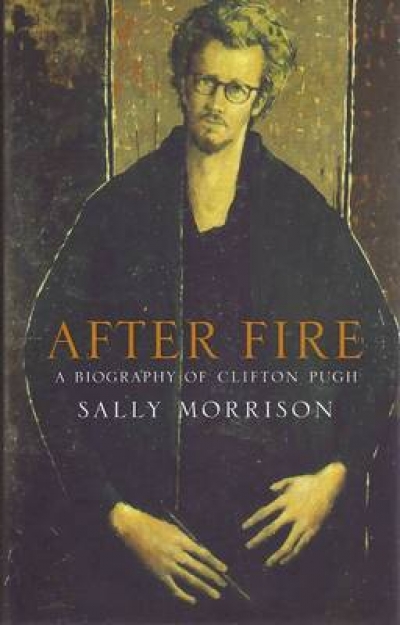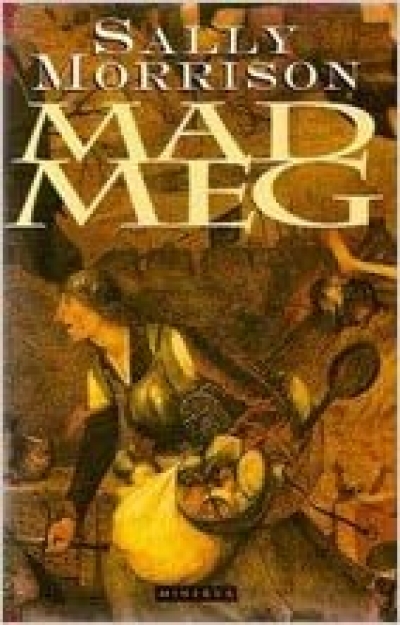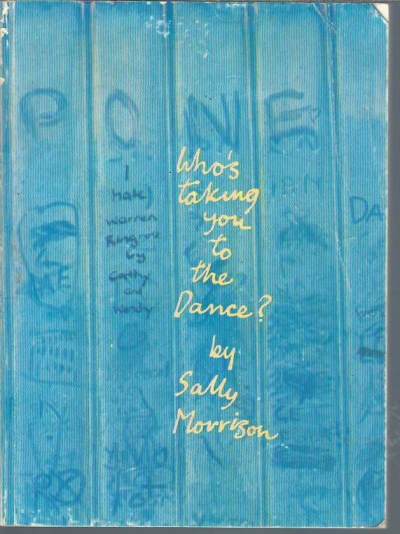Sally Morrison
Latent violence
Dear Editor,
In reviewing my biography of Clifton Pugh, Brenda Niall, a distinguished biographer herself, arrives at this puzzling last sentence: ‘Whether or not Morrison intended it … the Clifton Pugh of these pages emerges more as opportunist than true believer’ (ABR, February 2010). She states earlier that it surprises her that a large number of women were attracted to Pugh, and that I myself retained a measure of love for him until the end of his life.
... (read more)Would it surprise you to know that a number of our well-known writers write to please themselves? Probably not. If there’s no pleasure, or challenge, or stimulus, the outcome would probably not be worth the effort. If this effort is writing, it seems especially unlikely that someone would engage in the activity without enjoying the chance to be their own audience.
... (read more)




